We spent the last few days on the Washington coast, just a few short hours from our home. In the high desert climate where we farm, irrigation is required to grow almost anything. Our winters are shockingly cold, our summers almost painfully hot. We are exposed, dynamic, and unique.
The Washington coast, however, weaves a drastically different tale from ours with its moss covered structures, seaweed rich coastline, and briny air. The winters are far more mild, the air thick with humidity and salt, the mild summers dampened by the overcast skies and drizzling clouds. It is also exposed, dynamic, and unique. Growing up visiting the coast, the smells and tastes of the Pacific Ocean always linger on my tongue. It is home, but it is different than my desert farm. It's familiar, but also a stranger.
I do know one thing though. It's delicious.
The more I fall in love with growing my food, the more I realize that “finding your food” is really both a deeply personal experience and an experience of community. A personal experience in the sense that “my” food will likely be different than “your food”. A community experience in the sense that “your food” will often have been discovered and shared amongst a community for centuries before your arrival. It's both a personal pleasure and a communal joy.
By growing our food, we are naturally bound by what we can grow in our climate. Tomatoes ripen easily in the heat of the summer, all manner of livestock do well grazing the foothills of the Cascade mountains, the apples are revered to our orchard-based community. I would, however, live in constant disappointment if I tried to start a citrus grove. Finding my food requires me to acknowledge what I can do – and what must be left to another.
I love this concept, really. What can seem a bit restrictive can actually offer a sense of place, of belonging. Long before grocery stores and the ever-availability of everything, we were required to find our food in a different way. Locally. With what we could grow, harvest, and forage. Imports were restricted to dried goods that traveled well and preserved easily.
Does this sound regressive? I hope not. I, for one, am very thankful for the importation of Parmesan Reggiano and limoncello.
But those are the exception. The bulk of finding our food can be done in our own community if we listen to the hum of its offerings.
For example: we cannot grow sugar cane here, as they do in Louisiana or the tropics. We can, however, grow maple trees and harvest honey quite easily. Therefore, “finding” my local sweetener – should I choose to do so – will naturally direct me to what can be done in my area. For us, finding our sweetener means raw honey & maple products.
For others it may be date sugar, sugar cane, monkfruit, etc.
Here's another example: we cannot grow olives here, as they do on the Mediterranean. We can, however, harvest lard from our pigs, tallow from our beef, fat from our ducks, and butter from our cows with ease. Therefore, “finding” my local fat source – should I choose to do so – will naturally direct me to what can be done in my area. For us, finding our fat means lard, tallow, duck fat, and butter. Plenty of wild game fat (such as bear, goose, etc.) can also be harvested, with a bit more effort.
For others, this could be olive oil, coconut oil, fish oils, etc.
Protein sources could easily be another example.
Or even beverages (milk, coconut water, etc.).
The expanse of our country is so vast, and so varied, that it's like fifty (a hundred! two hundred!) countries in one. Visiting my family in the Southern United States is an entirely new culinary adventure than being in the PNW. Local favorites, local traditions, local harvests, macro and microclimates, all of it plays into an orchestra of food for us to enjoy.
And while it may seem a bit restrictive to try and eat locally, the more I dive in, the more I realize how much is here for the taking that's all but been forgotten.
Great example: salt. Did you know there's regional salt? Years ago, I got connected with Brady at San Juan Island sea salt. San Juan Island is a few hours from here on the coast – sea water is harvested, left to dry in the sunshine, and the resulting salt is harvested for sale. Their salt is beautiful. Almost moist, mineral heavy, complex. But more than that, it's a piece of my local food chain. It's the salt of my community, my ocean, my place. I've never once used this salt (and I use A LOT OF SALT) and not though of where it came from, how it was harvested, or the hands that made it.
Perhaps this is a very long and dramatic way to let you know that our family, along with my brother-in-law and some friends, sat down and “broke bread” together over a plate of raw oysters from Fanny Bay. Again, a small reflection of the area that we live in, of the tastes that we get to enjoy.
Smoked tuna, raw oysters, spot prawns, pickled herring, black cod, geoduck chowder.
A taste of home. A taste of our place.
I shared a bit of our “food finding” over on Instagram and asked what were some of these special foods, local to you and “your place” in the world. The responses made me smile, so I thought I'd share some with you. Here's how others are finding their food:
Oysters, Tomales Bay.
Lobster, HodgePodge, Donair, Blueberry Grunt.
Huckleberries.
Blueberries, fresh cherries, grapes.
Corn on the cob, sold from the back of the farmer's pickup truck in August.
Lobster and haddock.
Morel mushrooms.
Ramps.
Basque food.
Chowder.
Mangos and papayas.
Shrimp, grits, and fried pickles.
Bourbon barrel aged raw honey.
Local beef.
Peaches and pecans.
Bourbon.
Lox.
Regional BBQ.
Persimmons.
Local cheese.
And so much more!
May your plate be full of delicious foods that you have “found” my friend.
Happy eating!
Cheers,
Shaye
PS: You are receiving this free newsletter from The Elliott Homestead. To upgrade to a paid newsletter subscription and support The Elliott Homestead as a reader-supported publication, and for lots of exclusive content, upgrade here:

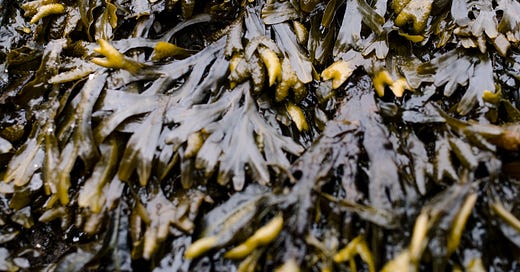



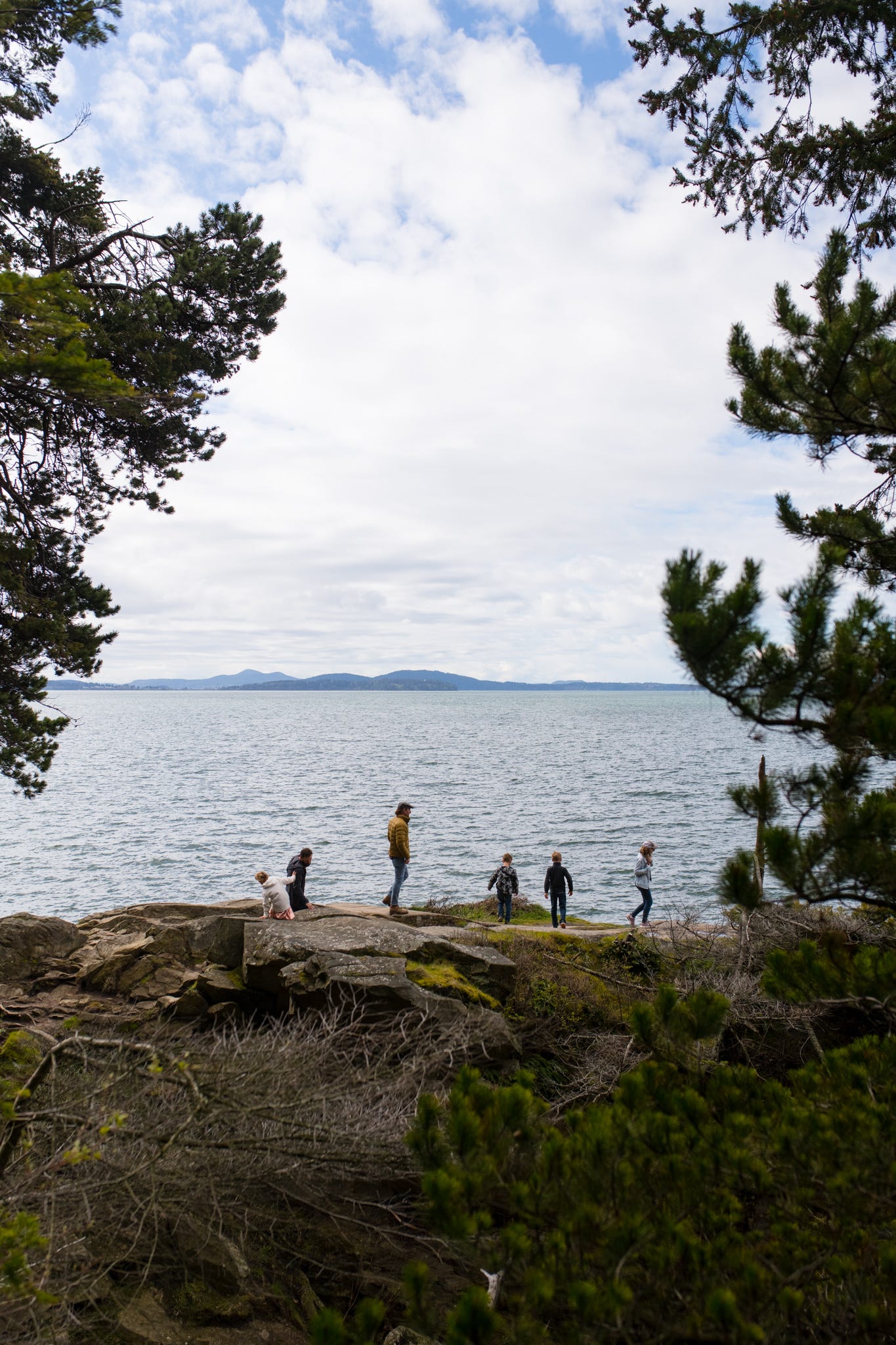
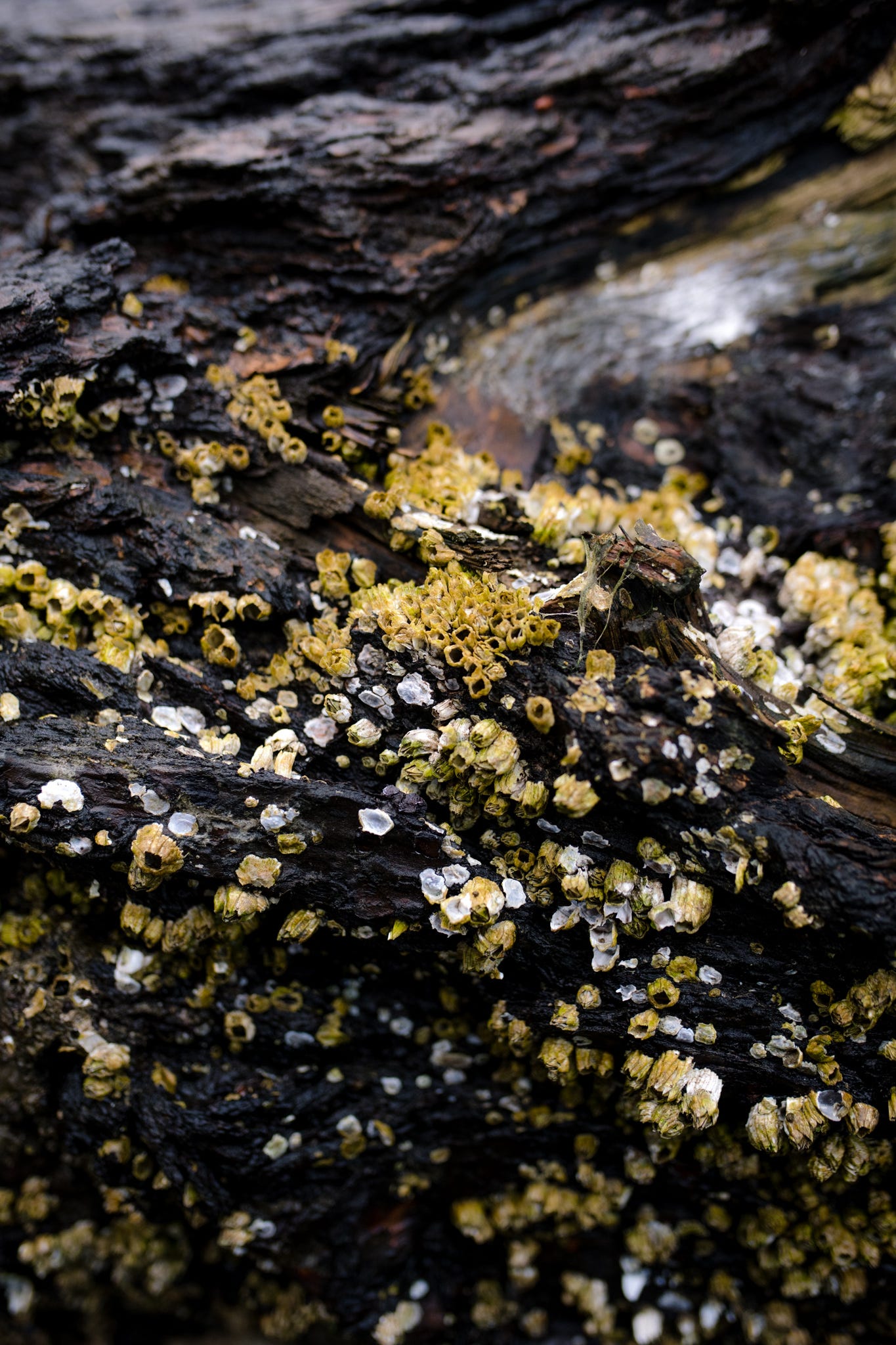
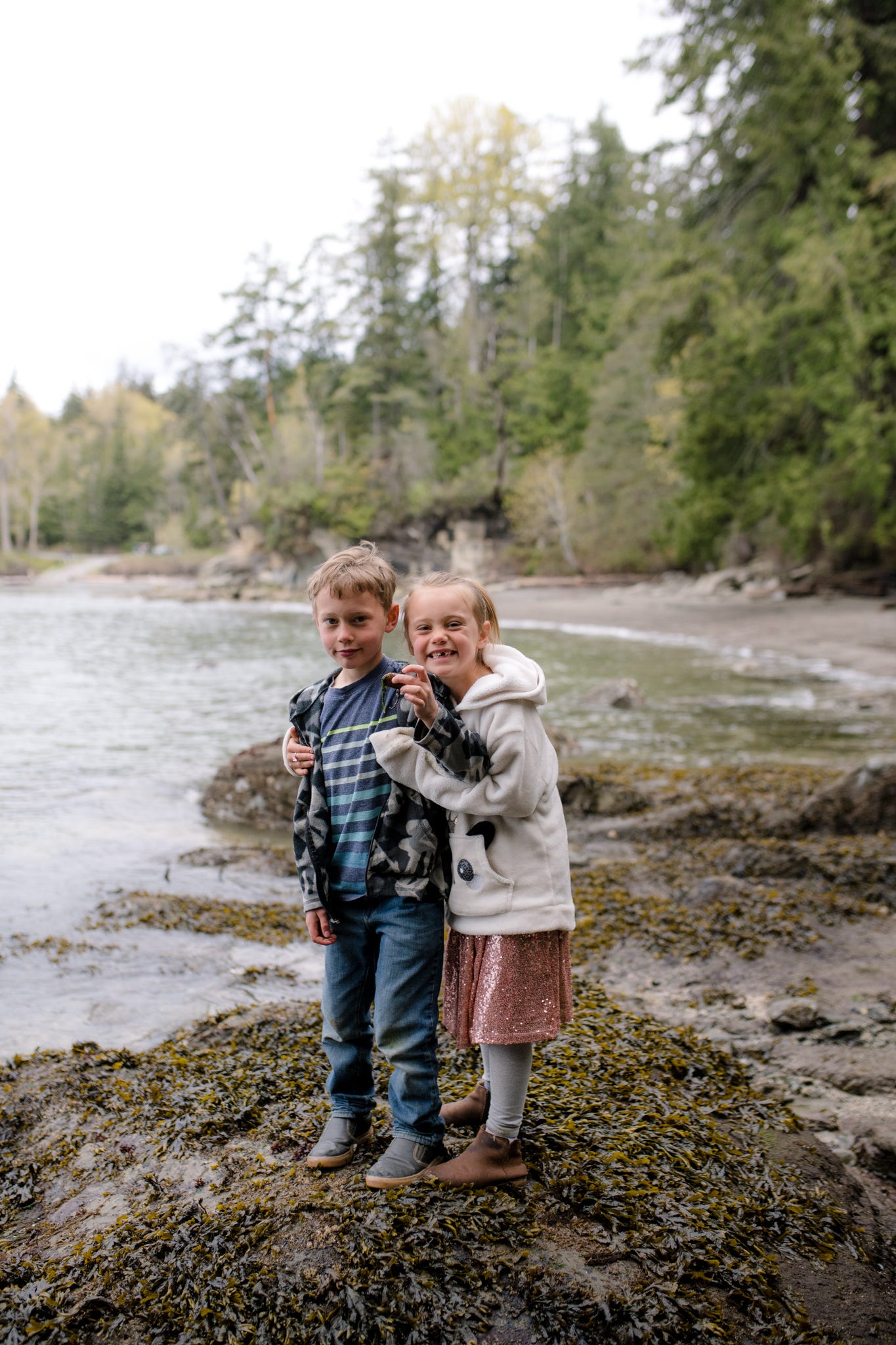


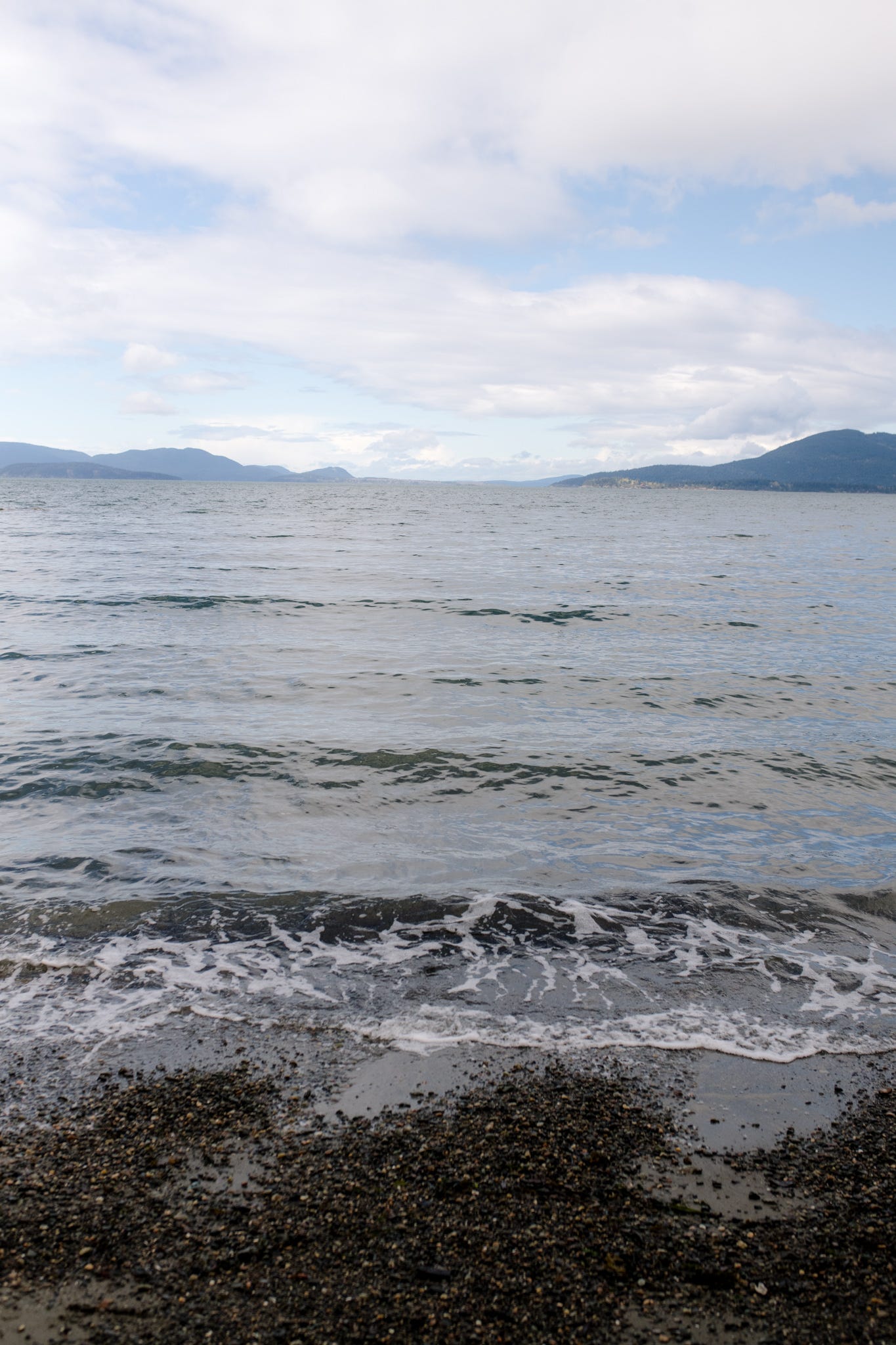
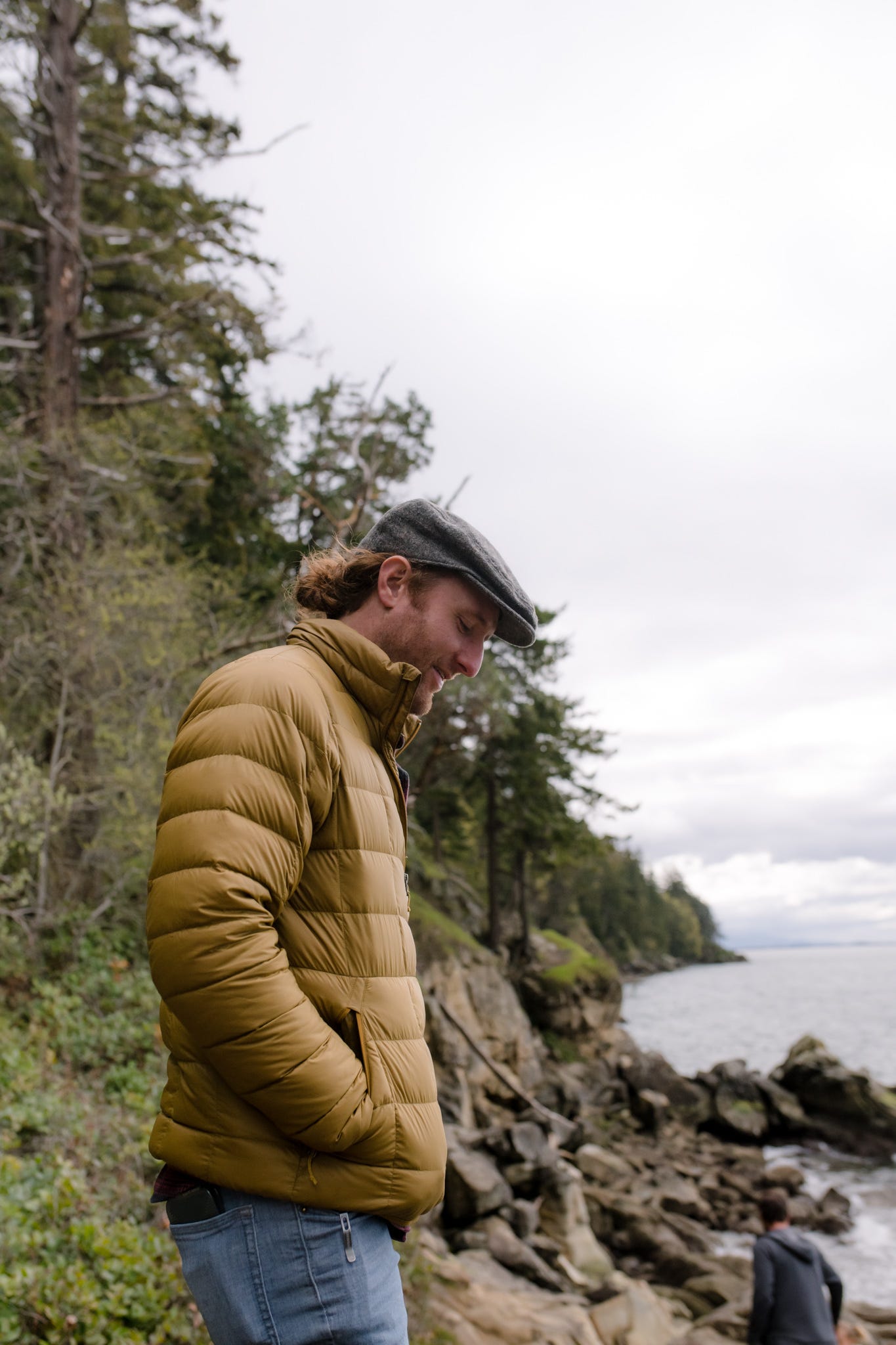
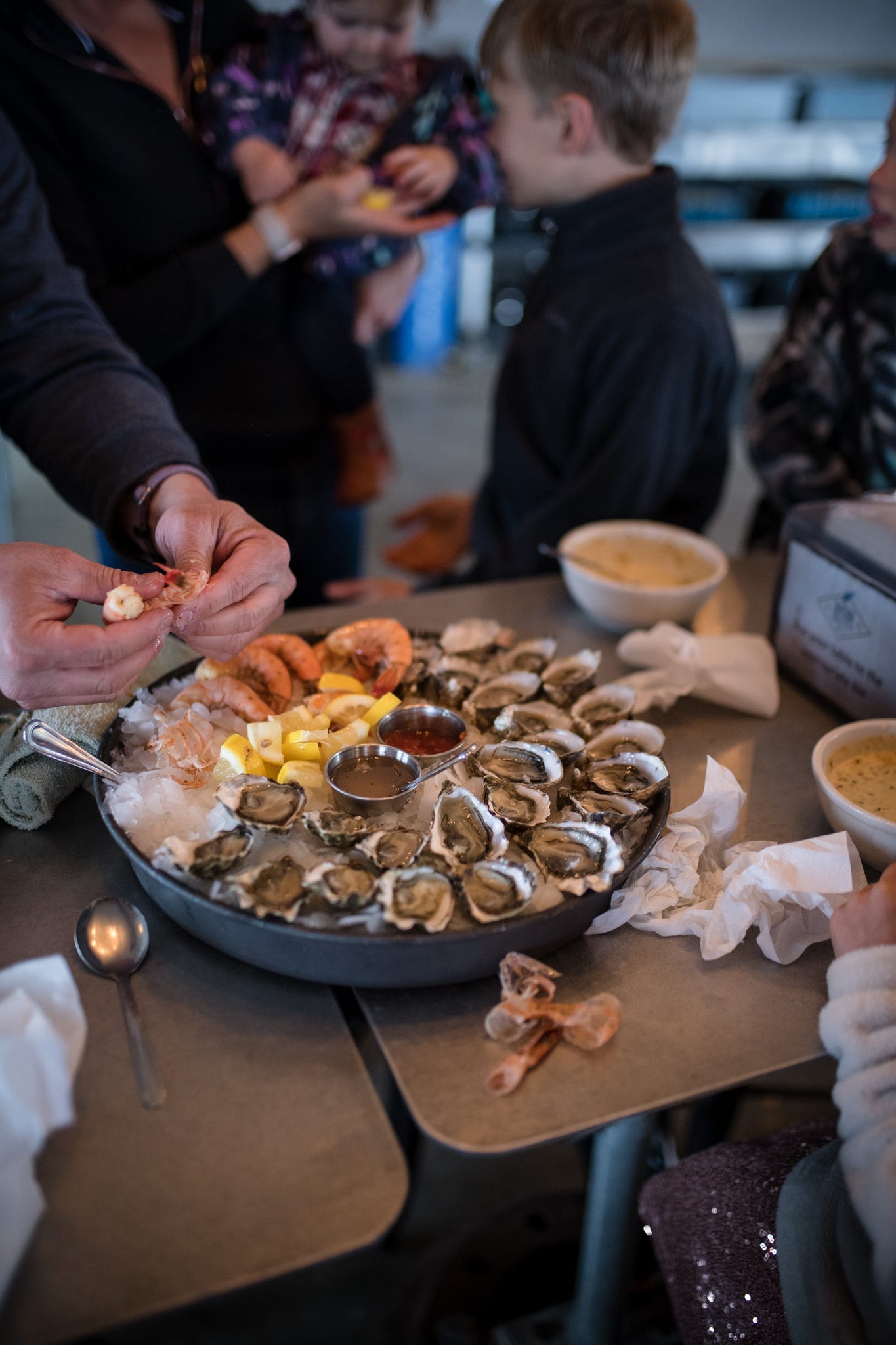
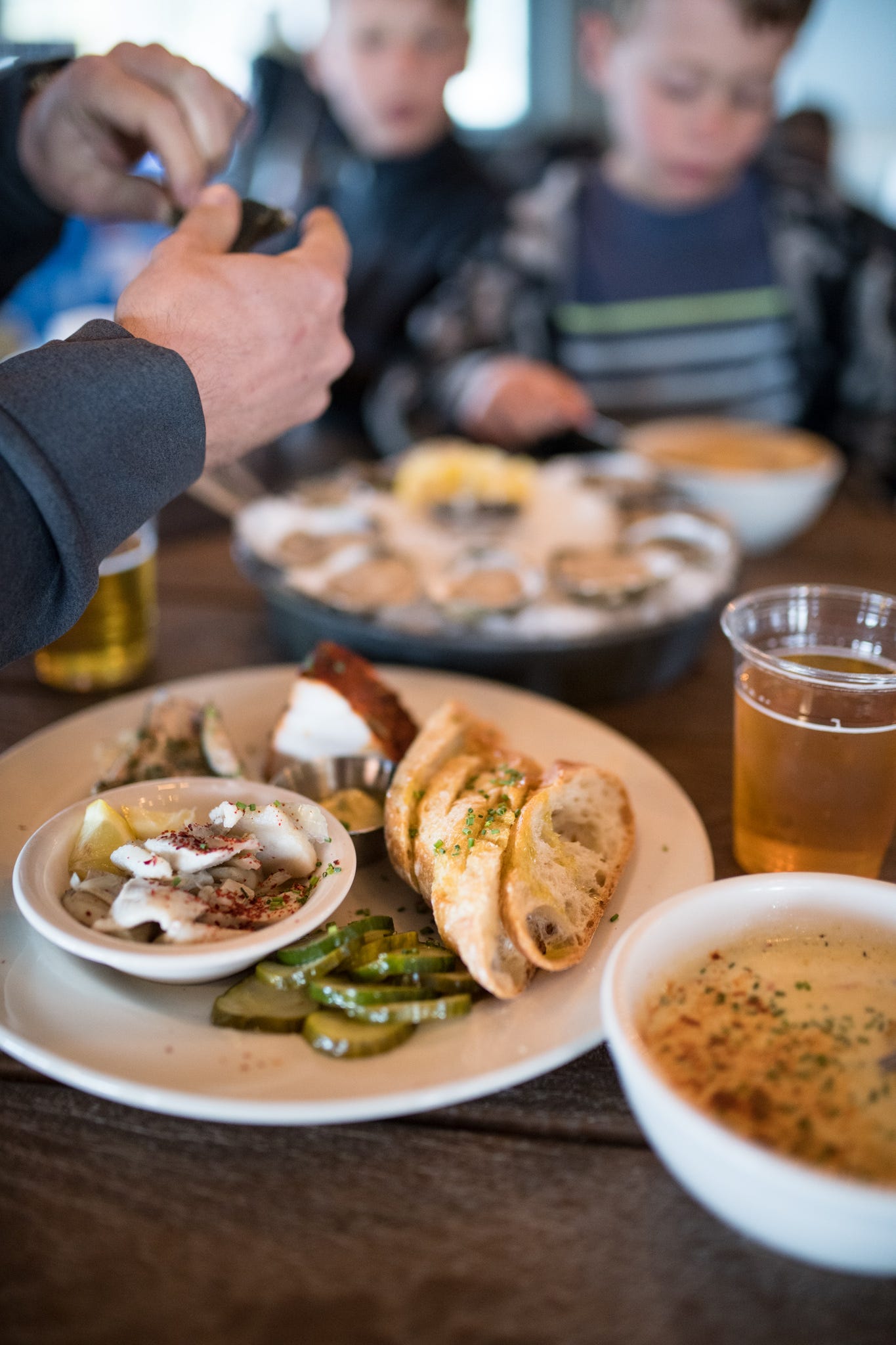
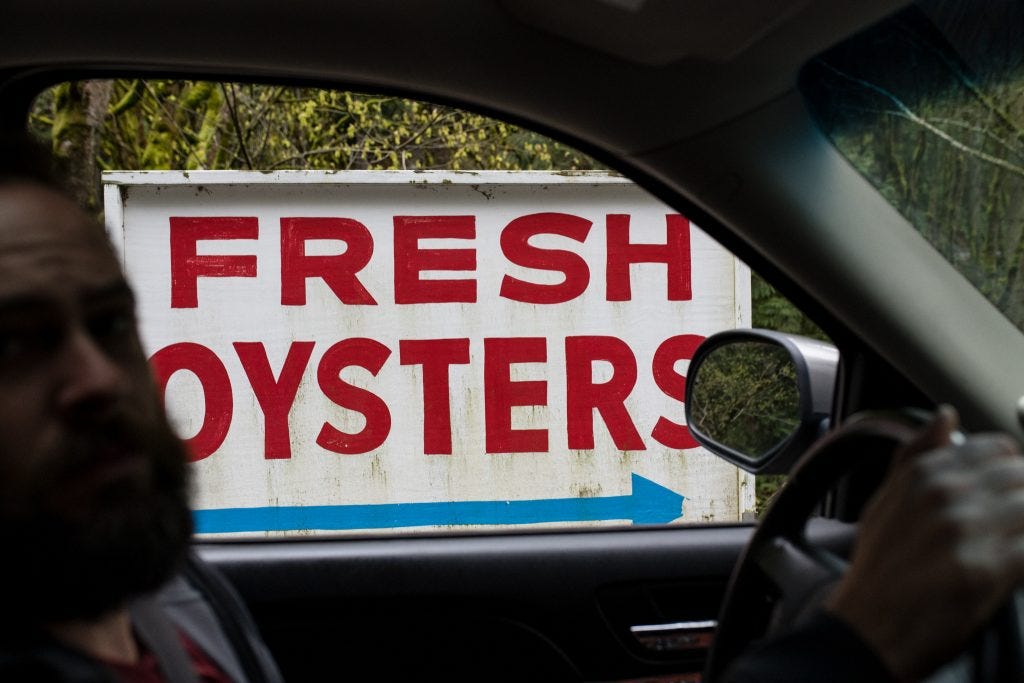
Really appreciate your thoughts. We eat beef from my father in law and eggs from his chickens but you've challenged me to find more local things! Also, this year we hope to grow our own garden. It's up and a few things planted already.
Your making me hungry, or could it be that Lent is almost over ;) It always amazes me how different the Washington coast looks compared to our coast down here in Oregon! I always expect WA to look sandy like ours and it has so many more rocks. We have Jacobson Salt from Netarts down here, its very yummy though I usually stick with RealSalt because its a bit more affordable :)